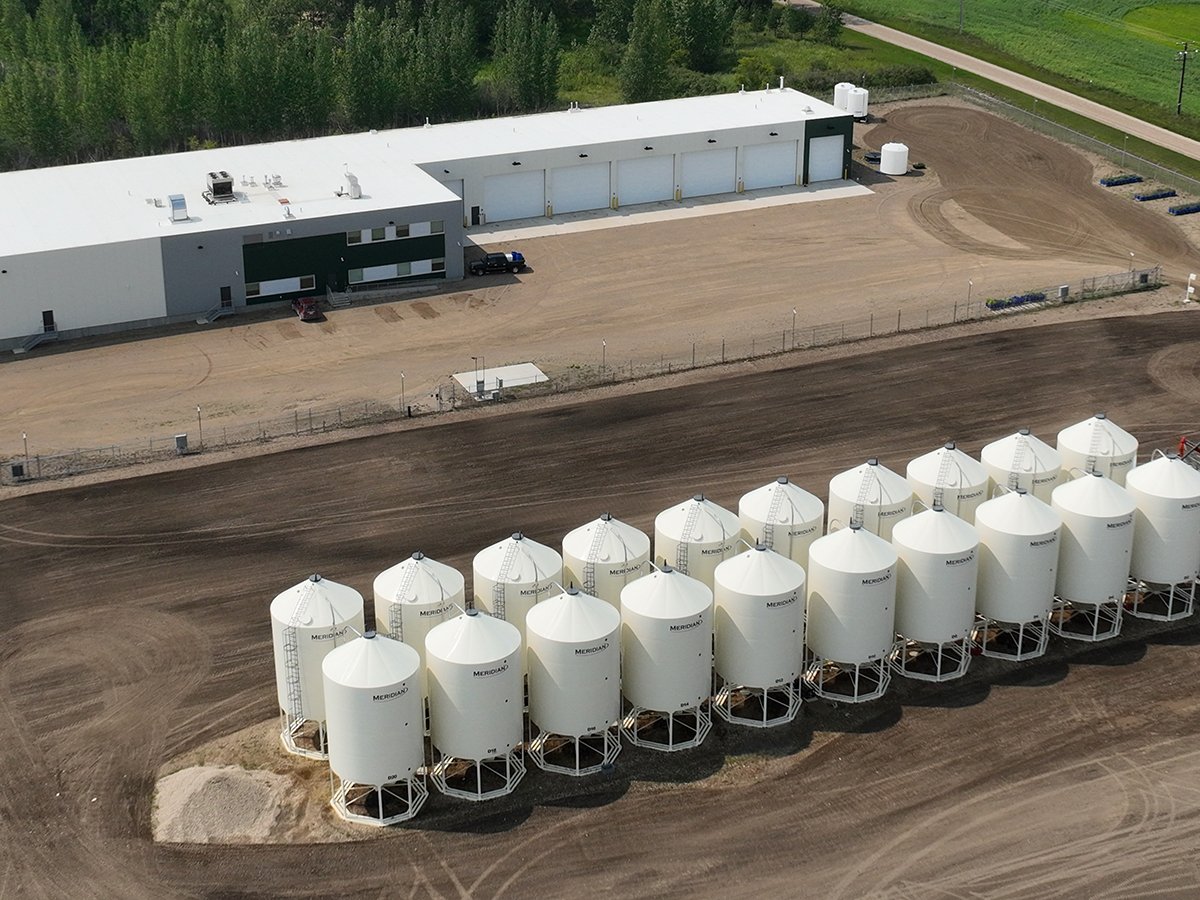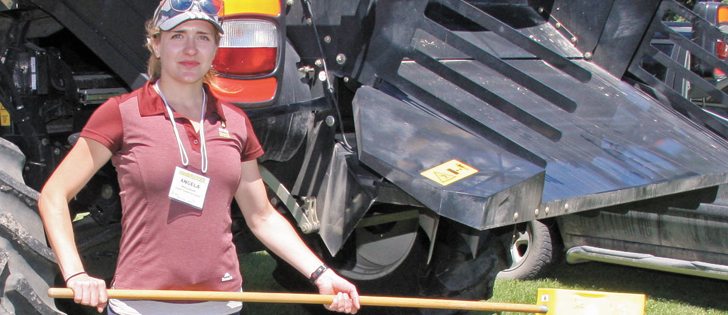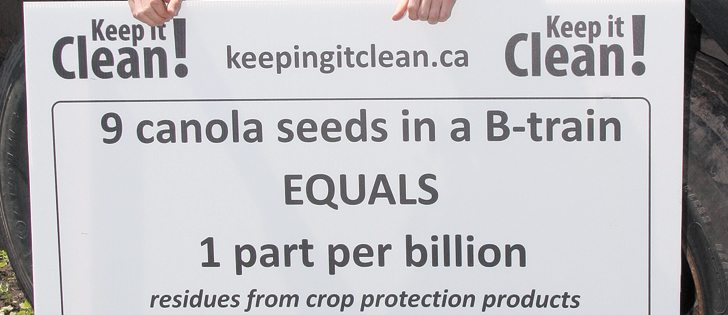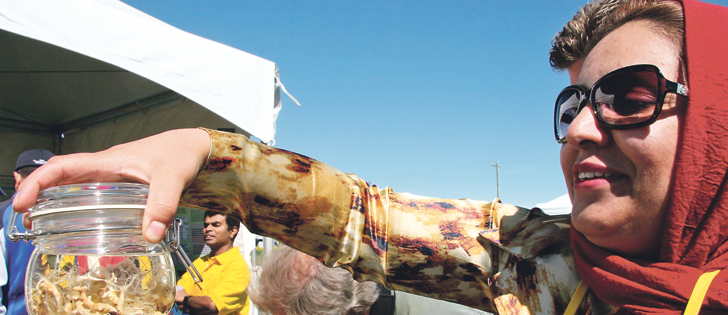PORTAGE la PRAIRIE, Man. — Crops dependent on early season phosphorus, such as corn and flax, can suffer stunted early growth if seeded into fields following canola because of changes in soil chemistry, according to Mario Tenuta, soil ecologist at the University of Manitoba.
Corn and flax are both oil-bearing crops, but that’s merely a coincidence in this scenario, says Tenuta, because corn is a grass and flax is a dicot.
“What they do have in common is a dependence on fungus in the soil in order to pick up phosphorus,” he says, adding that corn and flax require the mycorrhizae fungi.
Read Also

Saskatchewan firm aims to fix soil with compost pellets
In his business, Humaterra, Leon Pratchler is helping farmers maximize yields in the weakest areas of their fields through the use of a compost pellet.
“These fungi help with early season phosphorus uptake in corn and flax, but also in alfalfa, sunflower and pulses. Canola does not use mycorrhizal fungi at all. Canola grabs phosphorus on its own, without the help of fungi.”
Tenuta explains that mycorrhizal fungi enter a symbiotic relationship with those crops upon which they depend.
The fungi extract phosphorus from the soil and transport it to the root system, which they enter.
The fungi pass phosphorus to the root cells. In exchange, the root cells pass carbon photosynthate energy to the fungi so it can grow. The roots feed the fungi so it grows and grows in the soil.
“But canola does not establish any sort of relationship with mycorrhizal fungi. Canola doesn’t feed the fungi at all.
As a result, the fungi dies. If mycorrhizal misses just one growing season, the population declines.
“Here’s another factor. Weeds also contribute to feeding the mycorrhizal in the soil. But we have generally really good weed control across the Prairies. So we have a field with no weeds and we put canola on that field, and we kill off the mycorrhizae.
“We don’t kill all the fungi. The population doesn’t go down to zero, and they eventually bounce back when you grow crops that foster the fungi. The key thing you need to remember is that a crop that requires early season phosphorus will be challenged on canola stubble.”
Tenuta doesn’t recommend growing crops with high phosphorous demands on canola stubble.
Rather, he says it’s critical that early season phosphorous needs are met and that starter phosphorous go down with the seed. Phosphorous doesn’t move in the soil, so it must go with the seed.
He says the best option might be to grow a crop that doesn’t depend so heavily on the mycorrhiza, such as wheat, barley, rye or oats. Those crops will help re-build the mycorrhizal populations.
“There’s another bad thing that can happen. We know the fungi population can be killed by tillage. If we’re discing, the coulters will actually chop the individual fungus strands. Fallow has the same impact. It kills the fungi.
“Each fungus is a long strand, like a string. It can be tens of metres long. Hundred of metres long. It’s big. When it’s broken, it takes a long time to re-build. Now it needs a lot of carbon energy to fix itself.
“In situations where the fungi population is very low, you might consider an inoculum. It might be worthwhile. But you should remember that the mycorrhizae are naturally present in the soil. With good management, you can keep their populations high.”
For more information, contact Tenuta at 204-474-7827.
















